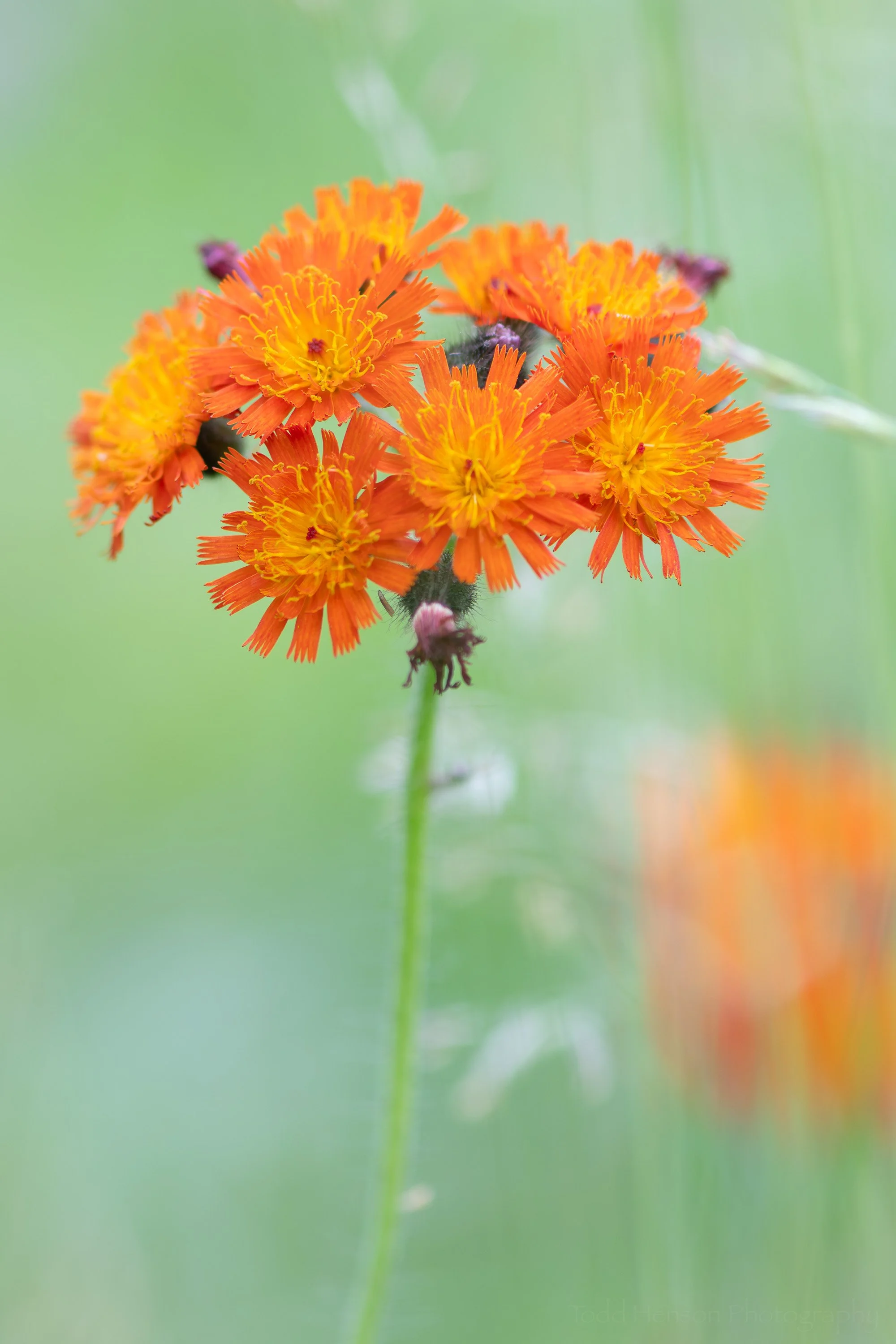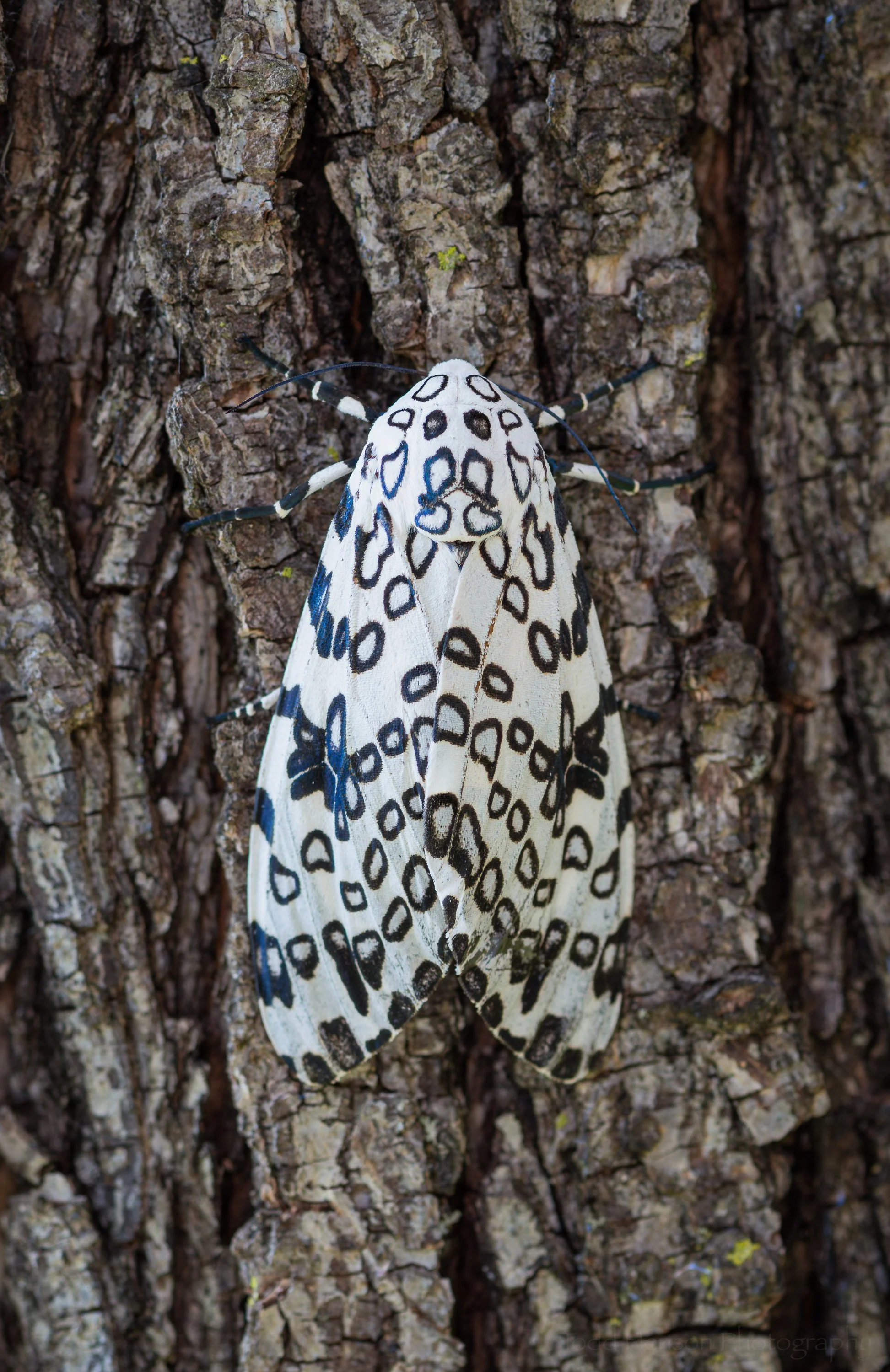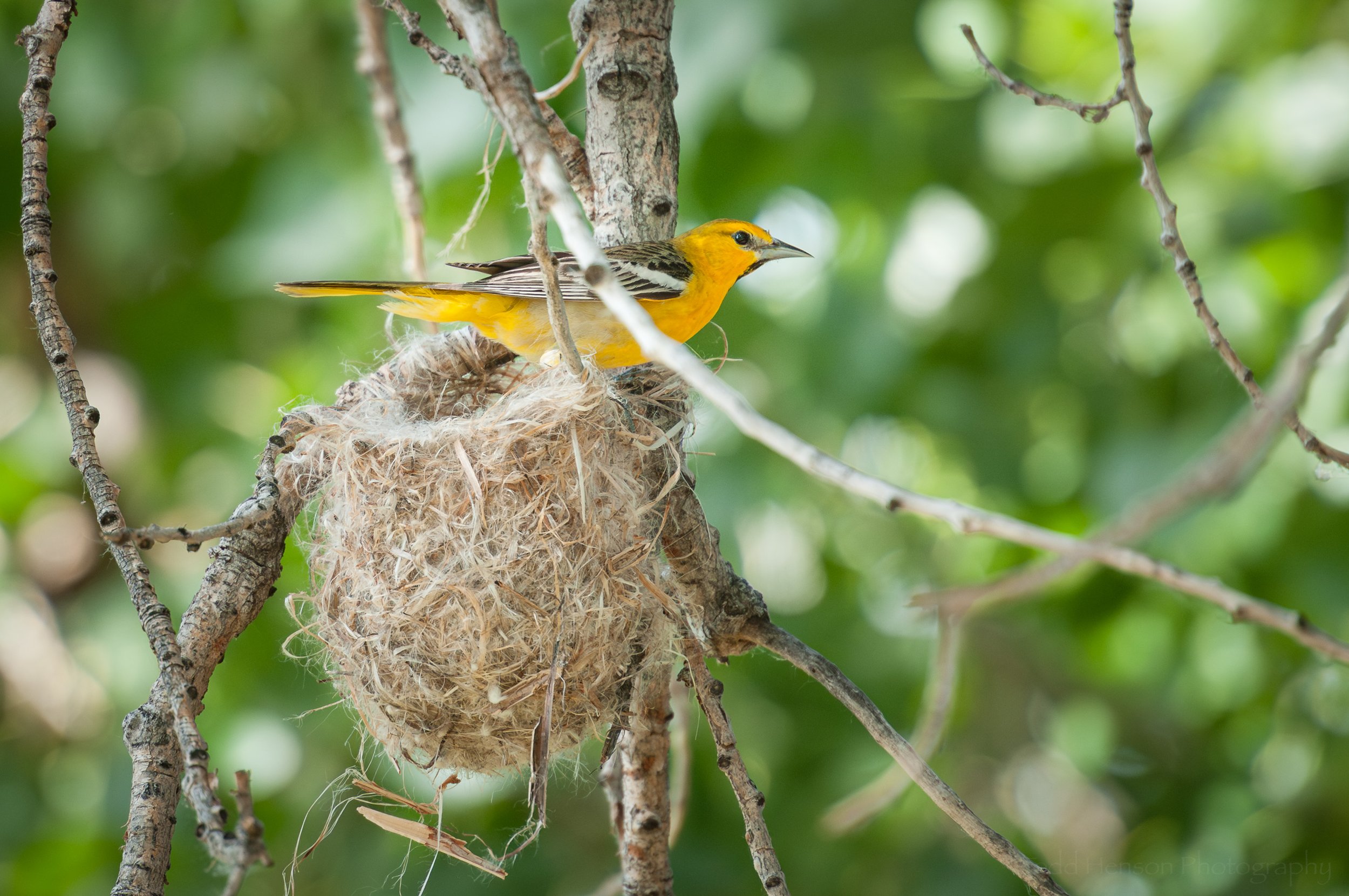A beautiful gray treefrog in Northern Virginia on November 18, 2023
Finding natural subjects in the field is often about pattern recognition developed over time such that it becomes almost subconscious. My father or I will just see something out of the corner of our eye and do a double-take, not necessarily knowing what we saw, just that something stood out. It could have been movement, or color, or texture, anything that stands out as different than we’d expect in that area.
In this case I noticed a round splotch of light color atop a fallen tree. And my first thought was, that can’t possibly be a frog, not on a cool morning in the latter half of November. I figured it was too late and too cold to see amphibians. But I had to check it out.
Did I just see something on that fallen tree?
So I very slowly and carefully moved closer to the log, trying to minimize noise while crunching and shuffling the fallen autumn leaves. I didn’t move directly at the frog. It’s almost never a good idea to directly approach a subject. Instead I moved towards the tree a little ways down from the frog, photographing every so often in case I scared it away, something I was trying very hard to avoid.
This is as close as I got to the gray treefrog with the 35mm lens.
When I reached the log I was on the ground. I moved as close as I thought I could with the wider angle zoom I had (a 16-35mm) and created a photo at 35mm. Then I paused and swapped out lenses for the longest I had with me, moving slowly and quietly. With the 105mm macro I was able to get a closer view of what I now knew was a gray treefrog. And with this extra reach I was also able to confirm it was alive as I could see it breathing.
I switched to my 105mm lens to get a closer view of the gray treefrog.
So I kept moving closer, as close as I felt comfortable I could without scaring away the frog. Thankfully, I’ve found treefrogs are often very tolerant, perhaps trusting in their natural camouflage and hoping by sitting still that nothing can see them. Eventually I got down as low as I could, resting the camera on the log to get as close to eye-level as possible. I do love these frogs, and I love photographing creatures at eye-level.
This was as close as I chose to get to the gray treefrog.
Then I rested the camera on the log to get this eye-level view of the gray treefrog.
As I slowly moved away I stood up and captured a view from above. This is a habit I’ve tried to build, to capture views from as many angles as possible to help identify the species later on. In this case I didn’t need to do it as I knew it was a gray treefrog, but I still try to capture different angles.
Standing up for a top down view shows off the gray treefrog’s patterns.
An interesting note on species is that there are two gray treefrog species in this area, the Cope’s gray treefrog (Hyla chrysoscelis) and the gray treefrog (Hyla versicolor). They look identical and the only ways to tell them apart in the field are via their call, unless you happen to be in an area that’s home to only one of the two. And seeing as how I’ve yet to hear a gray treefrog, I’ve no clue which this was.
Regarding my surprise seeing one this late in the year, I learned from the Virginia Herpetological Society that they can be found in November (obviously, because we found this one then) and potentially later. They have some natural tolerance to freezing temperatures, producing glycerol and glucose to protect them from freezing. This lets them survive at temperatures down to -2 to -6 C for short periods of time, and they can even survive multiple freezing and thawing events. Pretty interesting, eh?
Do you enjoy these posts?
Sign up to receive periodic emails with updates and thoughts. Don’t worry, I won’t spam you. And please consider purchasing artwork or products from my online store, and using my affiliate links in the sidebar to the right when shopping online.
I appreciate your support!

























